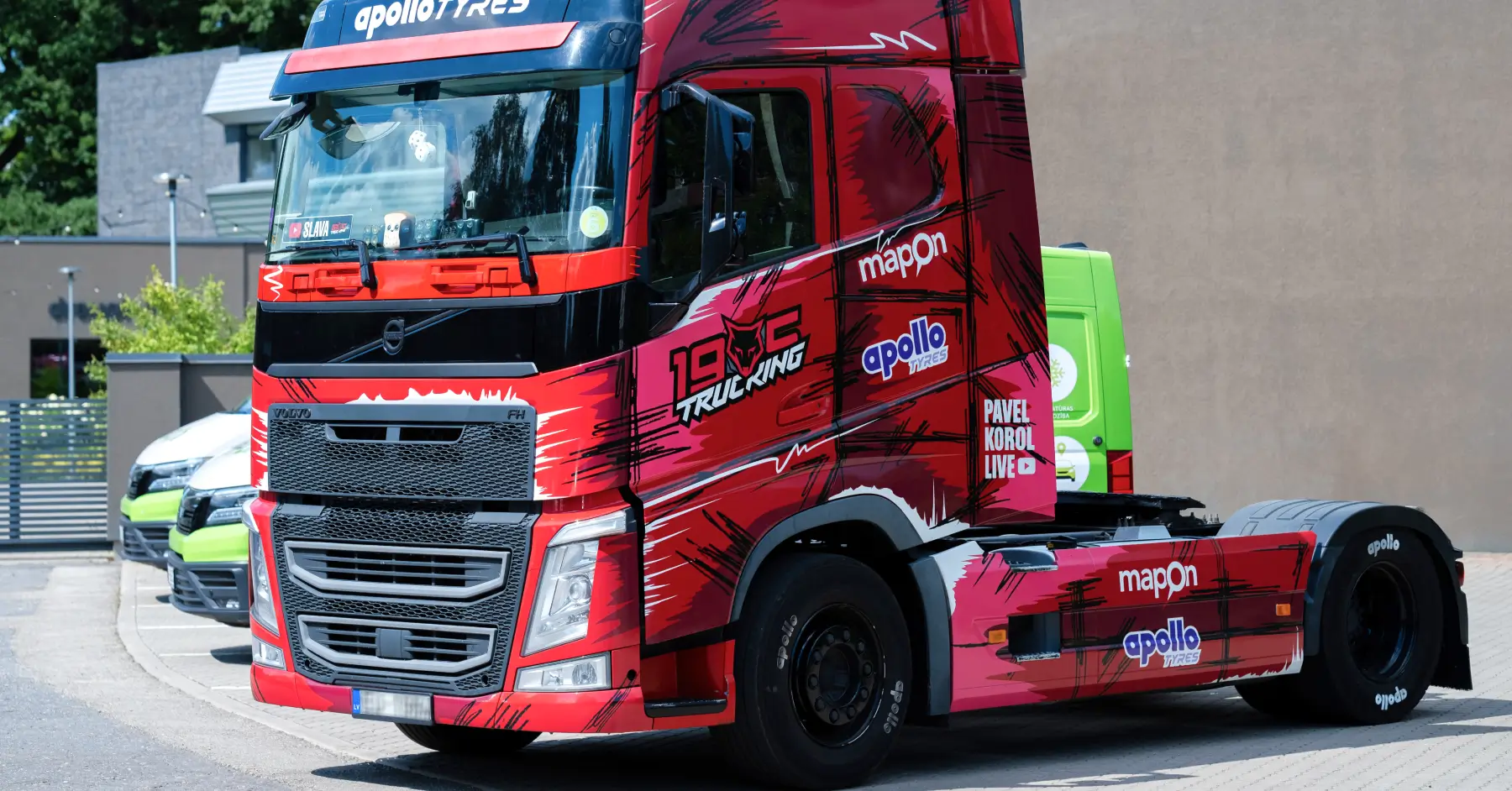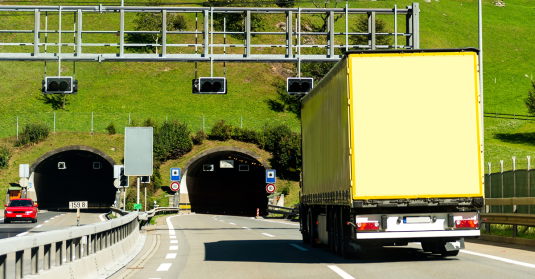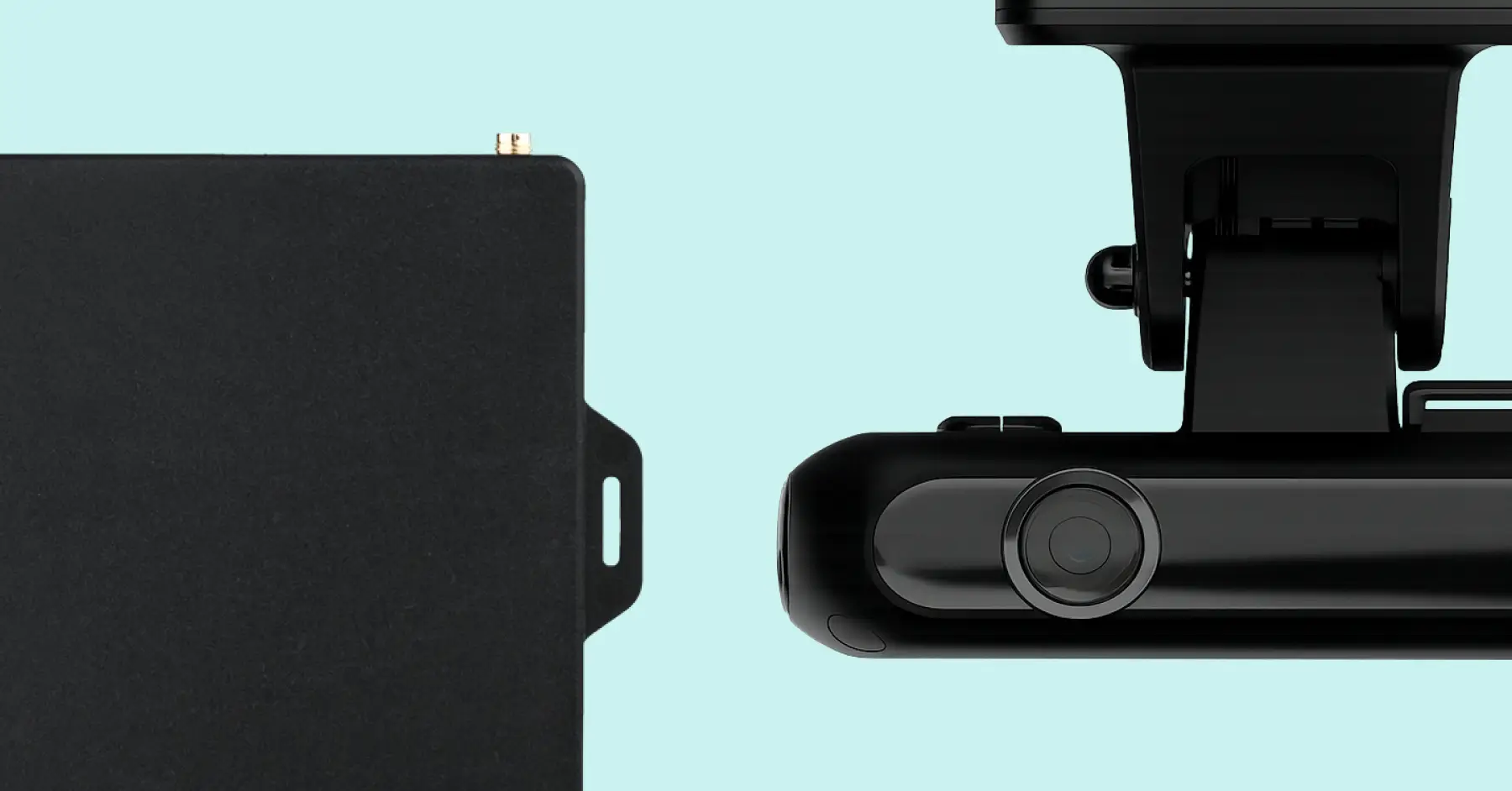Losing fuel with no clear explanation? You’re not alone. Fuel theft is one of the most common and difficult challenges in fleet management. It affects both small businesses and large operators and comes with hidden costs that go beyond the value of the stolen fuel.
Although many fleets have already implemented sensors or basic reports, the methods used to manipulate consumption or steal fuel have evolved. Today, protection requires a combination of technology, data analysis, and operational visibility.
In this article, we’ll go over the most common fuel theft methods, how to reliably detect them, and what Mapon offers to help prevent them.
How Does Fuel Theft Happen in Practice?
Beyond the classic “tank puncture” method, there are much more sophisticated approaches that are harder to detect — both internally (by the driver) and externally (by third parties during stops):
1. Dual refuelling with a company card
Two vehicles parked side by side: the company card authorises 350 litres of fuel for a truck, but only 300 are actually pumped into the tank. The remaining 50 litres are used for a personal car or a “business partner” of the malvado driver.
2. External refuelling before shift start
This method is very common in companies with large fleets of cars and minibuses. Drivers go to a fuel station before starting their shift in their own vehicle and refuel using the company card, making the receipt roughly match the beginning of the workday.
To the accountant, it may look like a normal company car refuelling — but in reality, it's a case of fuel theft.
3. Physical sensor manipulation
Use of inflatable air bags inside the tank to simulate full volume while fuel is being extracted, so that the sensors don’t detect the loss.
4. Chemical sensor interference
Mixing fuel with alcohol or additives to distort the readings of capacitive or ultrasonic sensors, leading to false data.
Solutions to Prevent Fraud
At Mapon, we tackle fuel theft with a multi-layer control architecture built on precision, visibility, and real-time alerts.
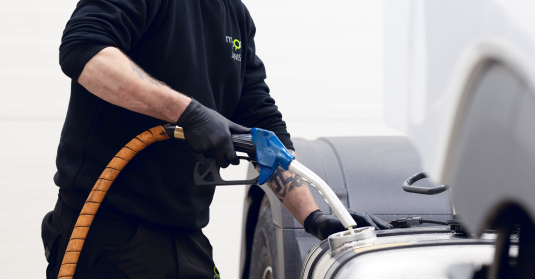
CAN Bus Data Reading
Direct access to the vehicle’s data bus enables reading information such as fuel consumption, speed, RPM and engine performance. It’s a great first level of control, although its accuracy may depend on the vehicle manufacturer.
This solution is ideal for companies using light vehicles and minibuses in daily operations. With CAN bus monitoring, it’s possible to precisely determine the location and time of each refuelling done by company vehicles. It also allows for high-precision evaluation of refuelled volume, actual consumption, and overall vehicle usage efficiency.
Installed Fuel Sensors
High-precision sensors (capacitive or immersion) installed directly in the fuel tank. They detect even minimal level changes (±1 L), identify fuel extractions during stops, and cross-check data with vehicle location. Essential for heavy-duty vehicles.
If the system detects a sudden drop in fuel level (e.g. 20 litres in one minute with the engine off), Mapon will notify you. The emergency siren will sound and alert the driver about a possible fuel theft attempt.
MDVR Cameras and Continuous Recording
Video monitoring of the fuel tank area, both in motion and when parked. If needed, the system can be configured to record 24/7, seven days a week. It includes a battery protection feature to avoid draining. This function is only available with MDVR systems (mobile digital video recorder).
Alarms and Event Reports
- Alarms for extractions during stops
- Alerts for discrepancies between sensor and CAN
- Detailed consumption reports comparing refuellings vs. mileage
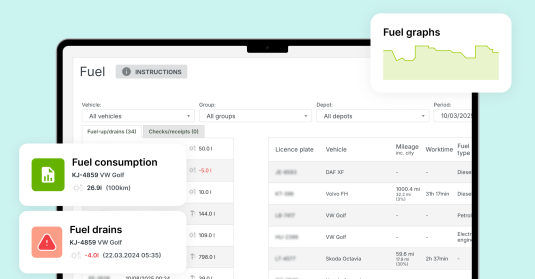
Customs Alerts
In the Mapon platform settings, you can define a minimum fuel consumption threshold before an alert is triggered. You can also choose who receives the alert and how – whether it’s a fleet manager, driver, email address, phone number, or a pop-up notification within the platform itself. All these options help you respond to fuel theft attempts as quickly as possible.
Alcohol Interlock Device Integrations
Installing alcohol interlocks that block engine start is an uncommon, but effective, method for reducing fuel theft. While not primarily intended for this purpose, clients have noted that alcohol interlocks help reduce alcohol use among employees, lower the number of intoxicated drivers who are more vulnerable to fuel theft during overnight stops, and contribute to better overall fleet safety.The likelihood of fuel being stolen from a sober driver — even during night stops — drops significantly.
Operational Impact of Fuel Theft Prevention
A single case of theft can result in €100–€500 in direct losses, but the real damage goes far beyond:
- Loss of trust within the driver team.
- Internal conflict due to unproven suspicions.
- Administrative time spent investigating incidents.
- Reputational risk if the issue becomes recurrent or gets reported.
With an intelligent, integrated, and connected system, fleets don’t just detect losses – they prevent them, building a culture of transparency backed by data.
Which Fleets Are Most Affected by Fuel Theft?
- International transport with night operations or on-route refuelling.
- Industrial or agricultural machinery with large exposed tanks.
- Subcontracted or shared fleets with multiple drivers.
- Vehicles using individual fuel cards without centralised control.
Fleet size is not the key risk factor. It’s all about the combination of visibility, operational oversight, and internal culture.
Protect Your Fuel, Protect Your Profitability
At Mapon, we help fleets of all sizes precisely track every litre that goes in and out of your fuel tank.With our combined solution of sensors, CAN bus, and video telematics, you can anticipate fuel fraud, identify patterns, and act based on verified data.
Request a demo and discover how to shield your fleet from fuel fraud.


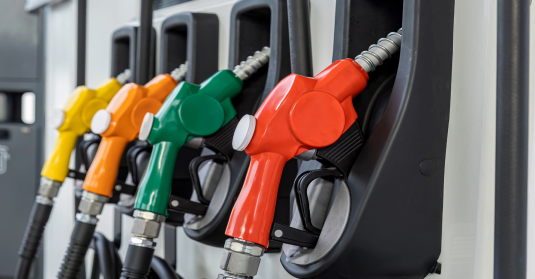






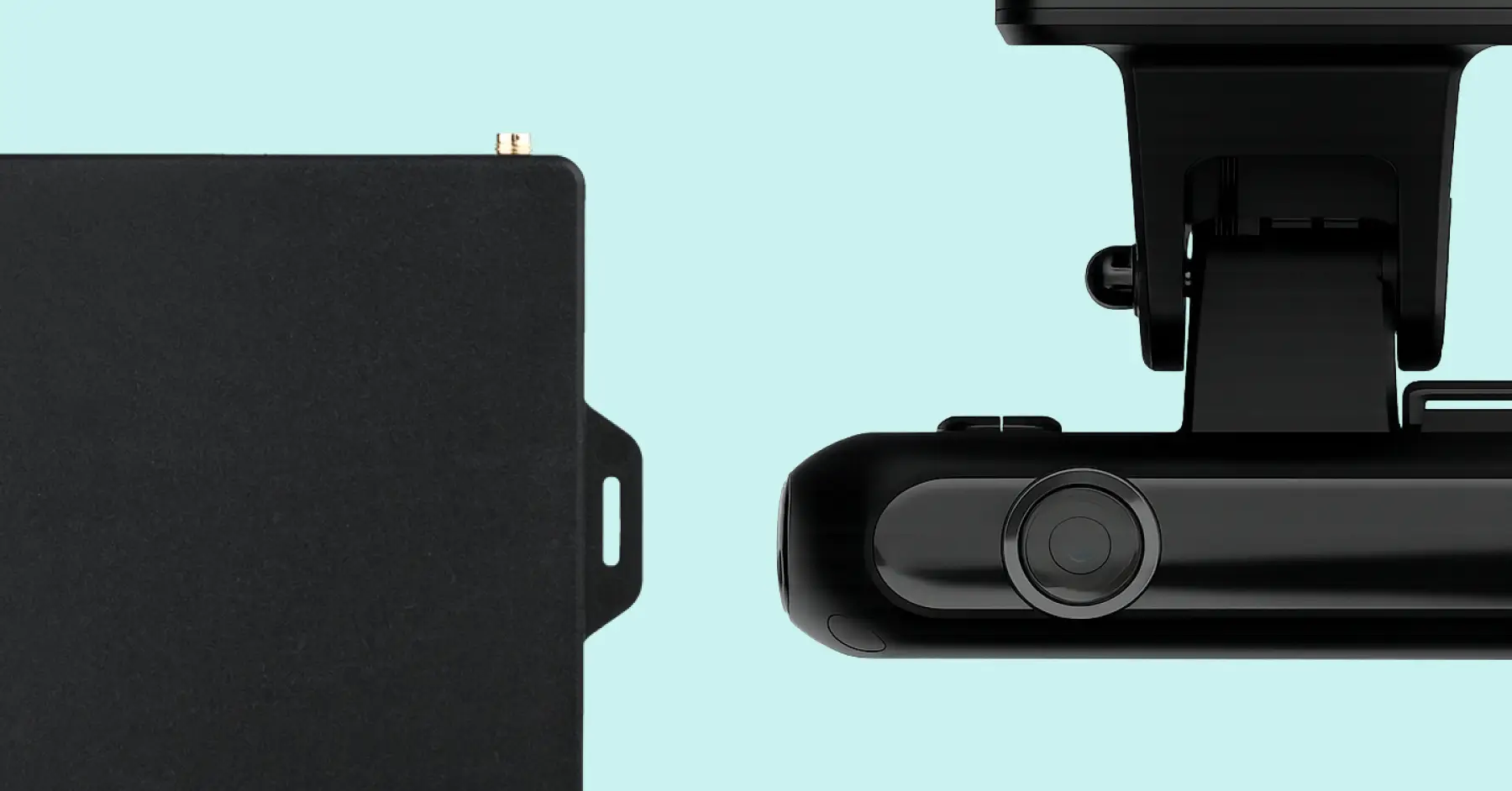

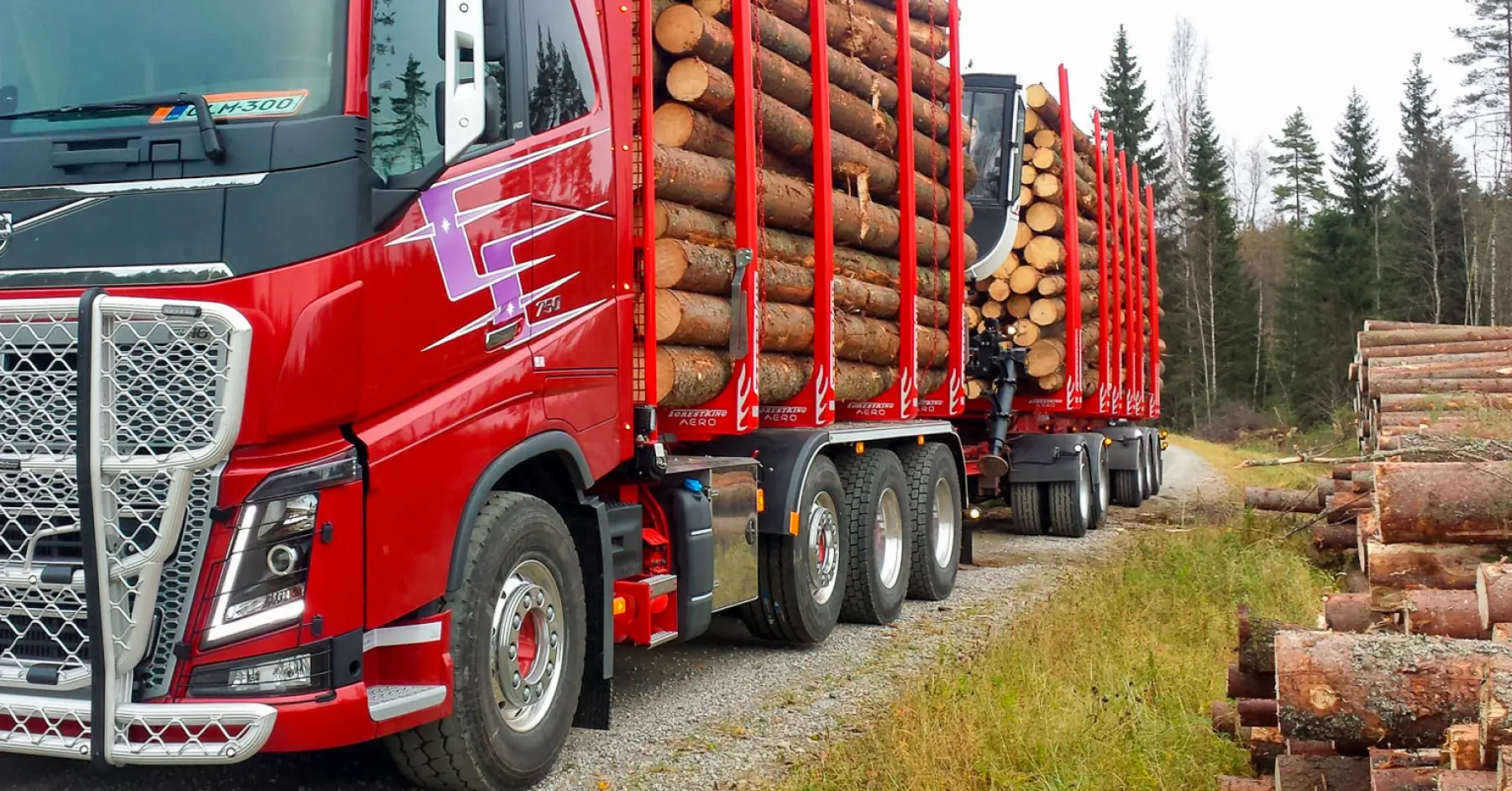


 Takaisin kaikkiin julkaisuihin
Takaisin kaikkiin julkaisuihin


